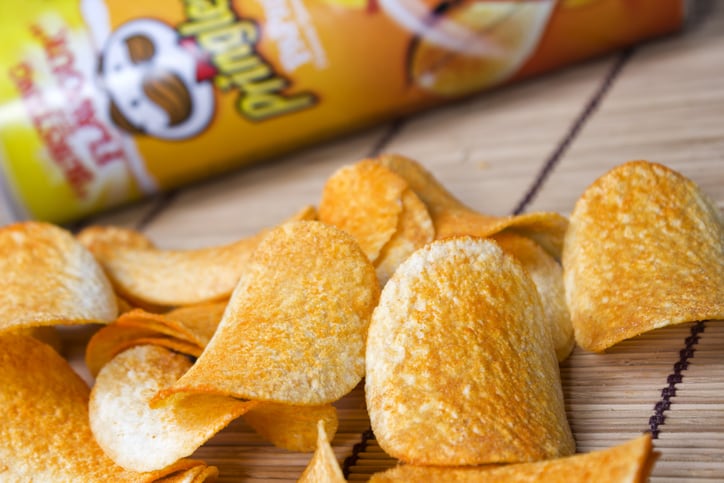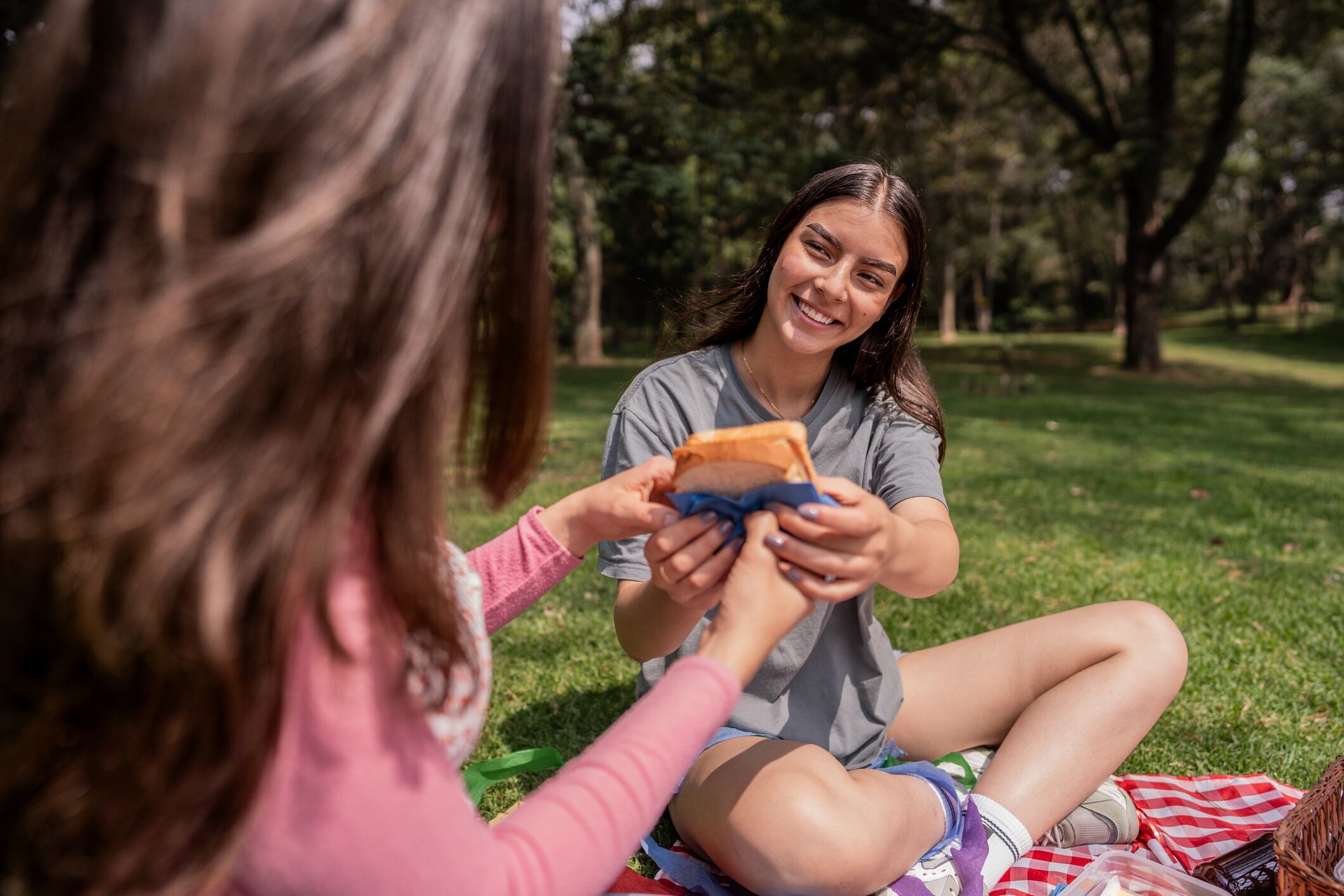Pringles-maker Kellanova is not immune after all to the macro-economic pressures, including tariffs, inflation and contracting consumer-spending, that it seemingly dodged until this quarter even as its competitors fell victim to sluggish sales and lower profits for the better part of the past year.
The company reported yesterday that its net sales tumbled 3.7% to $3.08 billion in its first quarter ending March 29, dragging down adjusted operating profit 13.1% to $441 million and its adjusted earnings per share 10.9% to 90 cents from the same period a year ago.
This is an about-face from its last quarter, during which it “smashed” expectations to rake in $3.12 billion in sales and increased operating profits by 62% to $532 million compared to the same time the previous year.
The strong previous quarterly performance likely contributed to street expectations that the company would post higher earnings in Q1 of $3.18 billion and a adjusted EPS of $1.01.
The miss, while out of step for Kellanova, is in line with many other packaged food and beverage brands, including Kraft Heinz which reported this week a drop in net sales of 6.4% and a 60 basis point decline in gross profit margins, and PepsiCo, which reported late last week a “subdued performance” for its quarter ending March 22.
Kellanova attributed the profit decline to “higher costs and adverse business mix,” as well as “prolonged category-wide softness.”
Like many packaged food manufacturers, Kellanova has raised product prices to offset higher input costs, including an average 8.1% increase in Q4, which depressed organic quarterly volumes 1.2% – a prelude of what was to come this quarter.
In North America, organic net sales fell 4% “as volume declined amidst further softening of snacking and frozen categories,” which took a 9% toll on the region’s operating profit year-over-year.
In Europe, price hikes helped offset volume declines, but the region still saw net sales decrease 3% in the quarter compared to the same time last year.
Latin America was hit hardest with net sales falling 15% year-over-year “due to significantly negative foreign currency translation and a volume decline related to softened categories, including cookies and powdered drinks in Brazil and cereal in Mexico.
Despite the drop, CEO Steve Cahillane was optimistic about the company’s performance and future, noting “improvement in category share performance in key markets around the world.”
He also noted that the company is “planning contingencies and taking actions for managing through continued global economic uncertainty, even as we prepare for our next chapter as part of a global snacking powerhouse with Mars.”
Can Kellanova reverse its fortunes with personalized data and partnerships?
Kellanova is optimistic it can further improve its category share performance by leveraging artificial intelligence and machine learning to better identify consumer needs and “fine-tune our campaigns in real-time for greater personalization and ROI,” Charisse Hughes, SVP and chief growth officer at Kellanova, said in a recent release.
“This past year, we leaned heavily into testing technologies that would enhance marketing effectiveness and personalization,” Hughes said.
For example, the company added QR codes to Pringles as part of its Poptopia campaign, which gave consumers personalized exclusive content, including access to games, creators and additional promotions. In a post-third-party data world, the campaign helped the company increase its first-party data by 30%, according to Kellanova.
In the UK, Kellanova piloted personalized campaigns across Meta and Pinterest using traditional marketing principles as well as AI and “clean room technology” that allowed it to identify three new, “high-value audience segments by analyzing 20 million+ addressable records through machine learning” and purchase behavior, demographics and attitudes, Hughes wrote.
The Meta campaign lifted sales 9% and the Pinterest campaign boost sales 36%, while brand consideration increased 0.9 points – about three times the industry benchmarks.
Ultimately, they reversed the company’s decline in household penetration and offered a “new blueprint for how we reach evolving audiences in real-time,” which Kellanova is now applying to its brands globally, Hughes added.
Co-branding collaborations catch consumers’ attention
Kellanova also is leaning on co-branding collaborations to reach broader audiences and tap into potentially new eating occasions.
For example, it recently partnered with the fast food chain Wendy’s to blend its iconic Pop-Tarts into the Wendy’s Frosty frozen milkshakes.
It also recently teamed with the beer brand Miller Lite to offer new limited-edition flavors of Pringles “inspired by beer-infused backyard barbecue favorites.” The flavors include Pringles X Miller Lite Beer Can Chicken and Pringles X Miller Lite Grilled Beer Brat.
Other outside-the-box collaborations include a licensing deal with the shoe company Crocs, in which the two created Mr. P-inspired clogs and slides and a “Crush Boot” with a Pringles can holder that Kellanova reports sold out in 1.5 hours. The campaign also involved a limited-edition watermelon chili lime flavor dubbed “Pringles Croc-Tail Party.”
Overall, the campaign generated 1.6 billion impressions, landing it in the top-five most successful campaigns for earned media for the company, according to Kellanova.
Another unexpected collaboration was between Pringles and Caviar Co, which include the debut of the “Crisps and Caviar Collection” that brought together Pringles Original, Sour Cream & Onion and BBQ flavors with The Caviar Co’s Classic White Sturgeon Caviar and Smoked Trout Roe through three different kits. The collaboration resulted in more than 10 billion views on TikTok, according to Kellanova.




